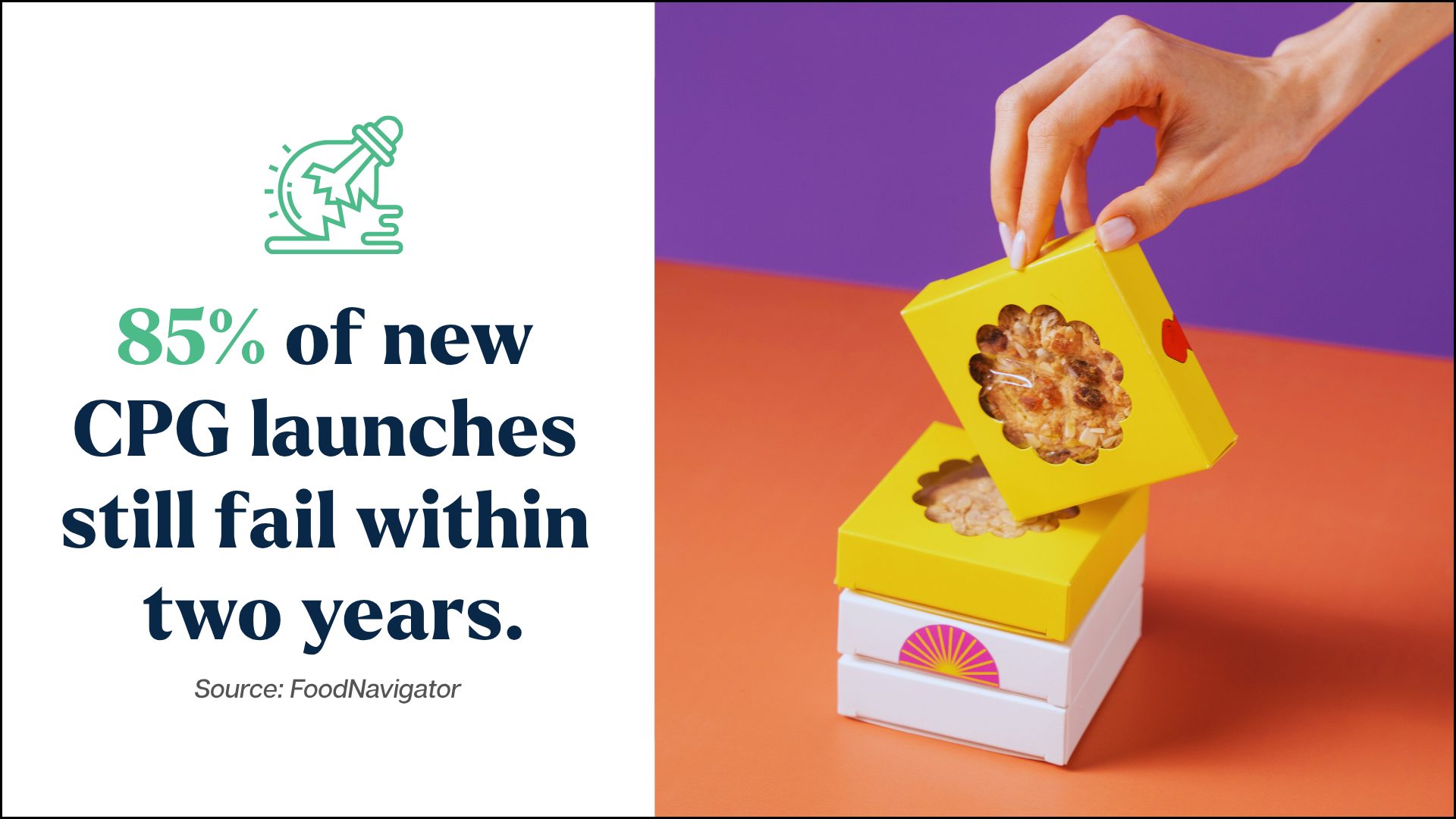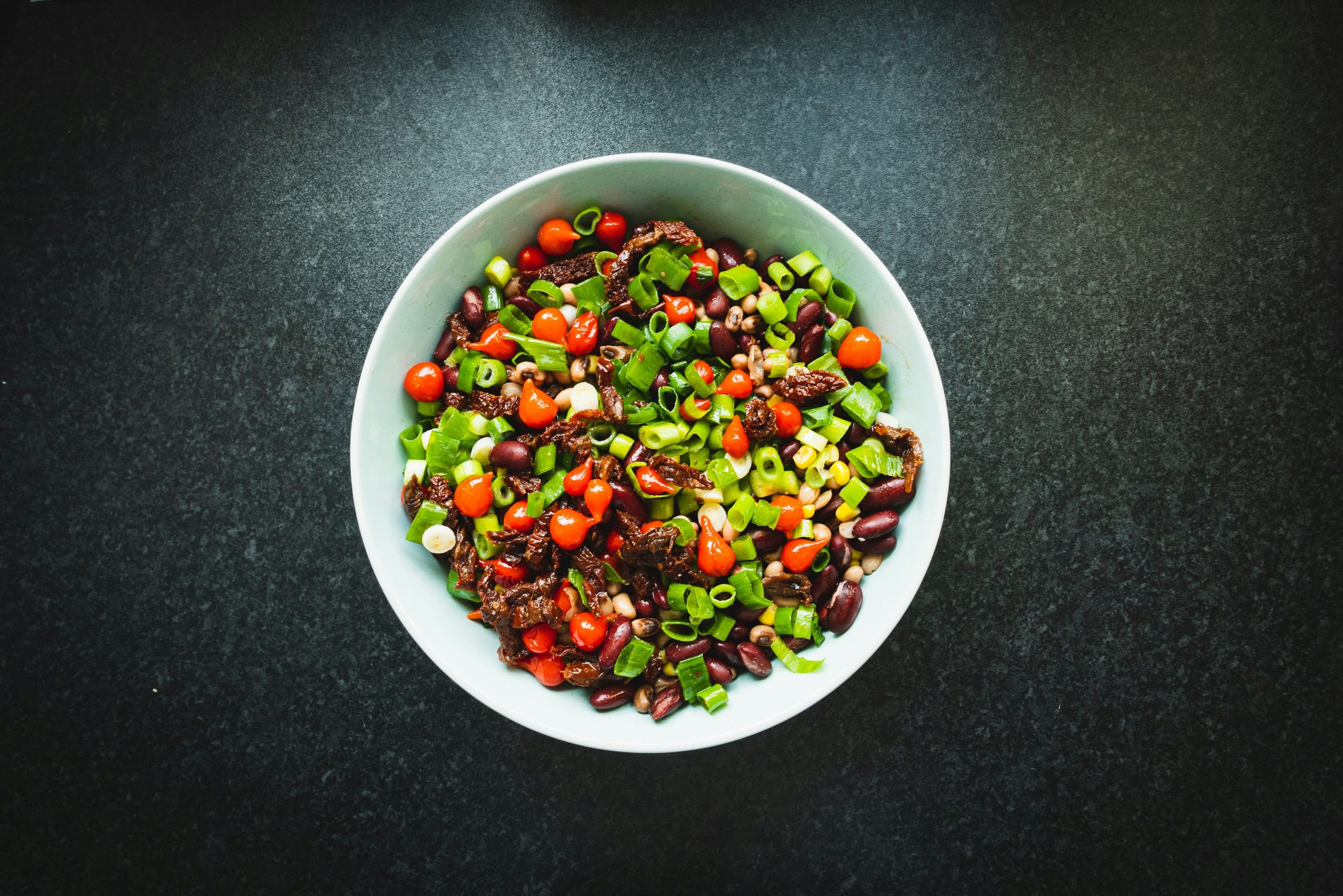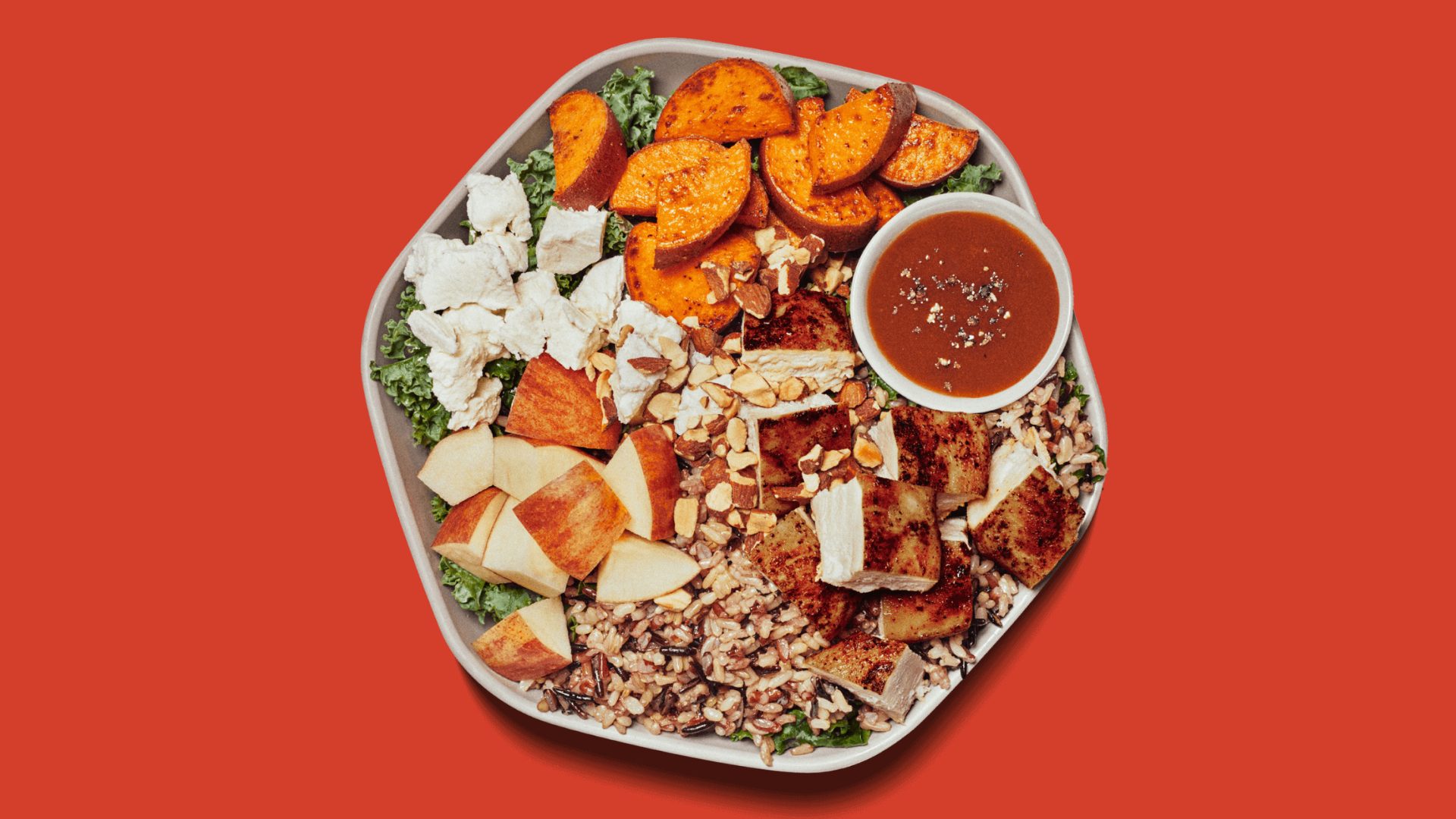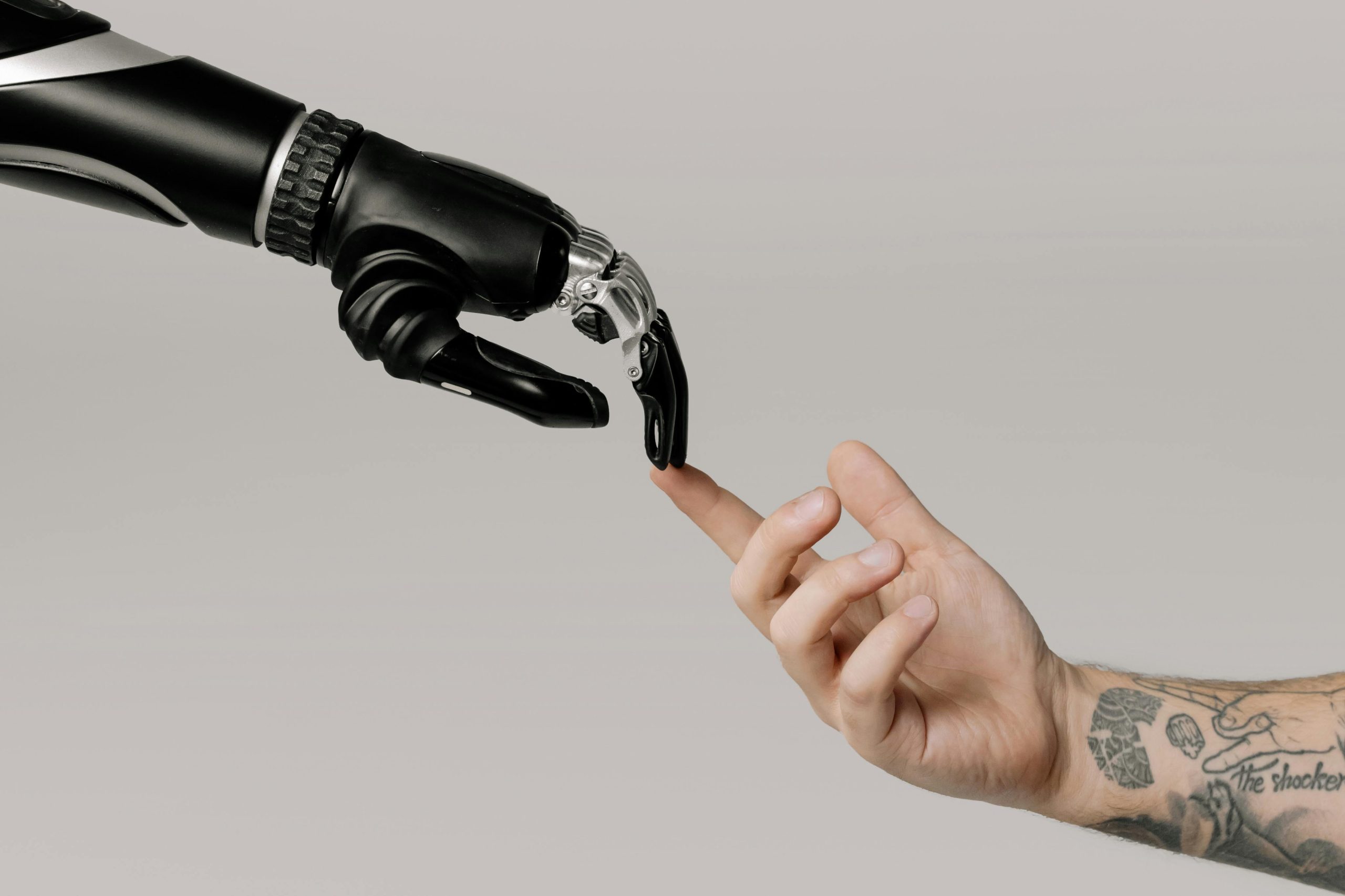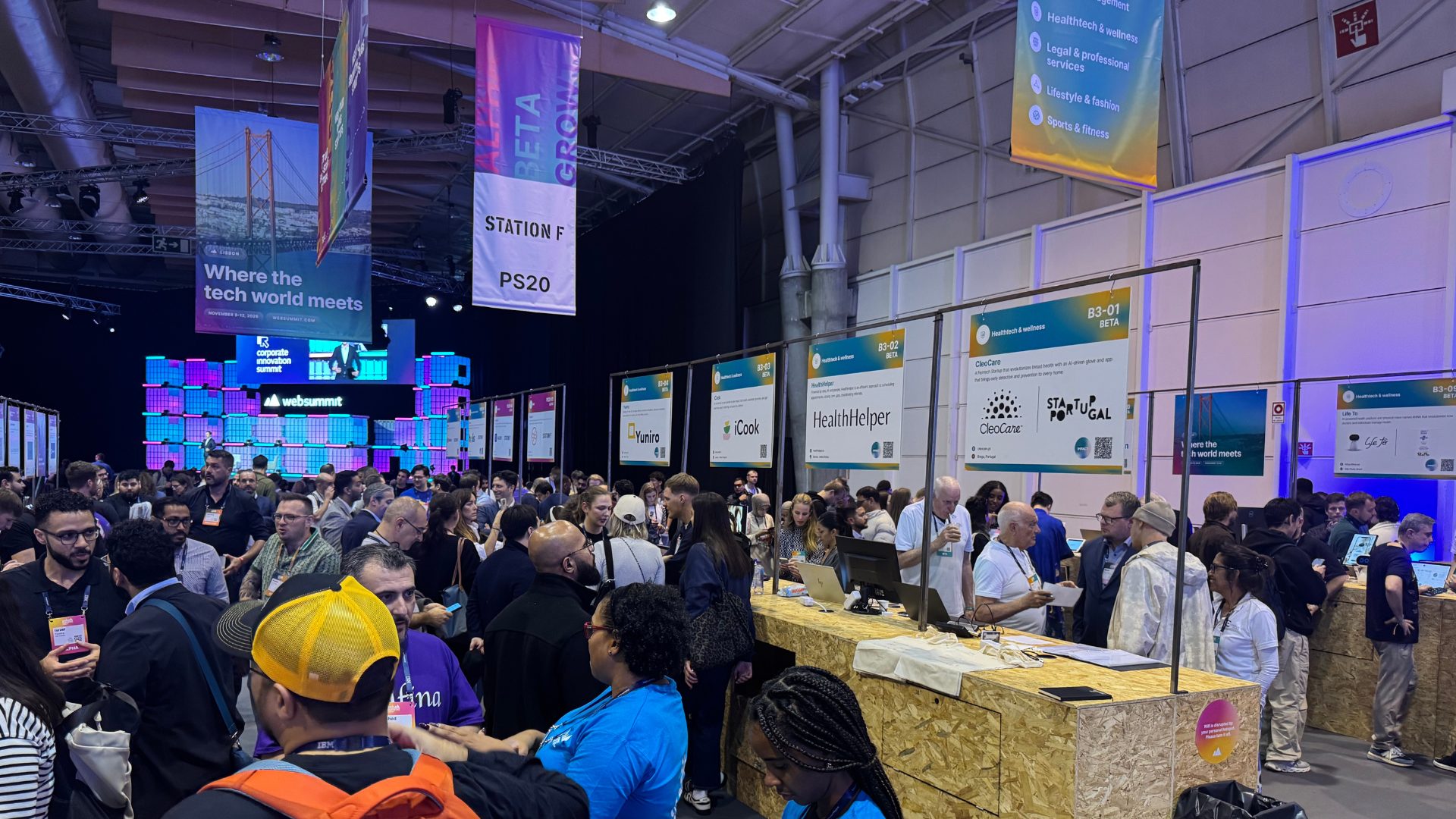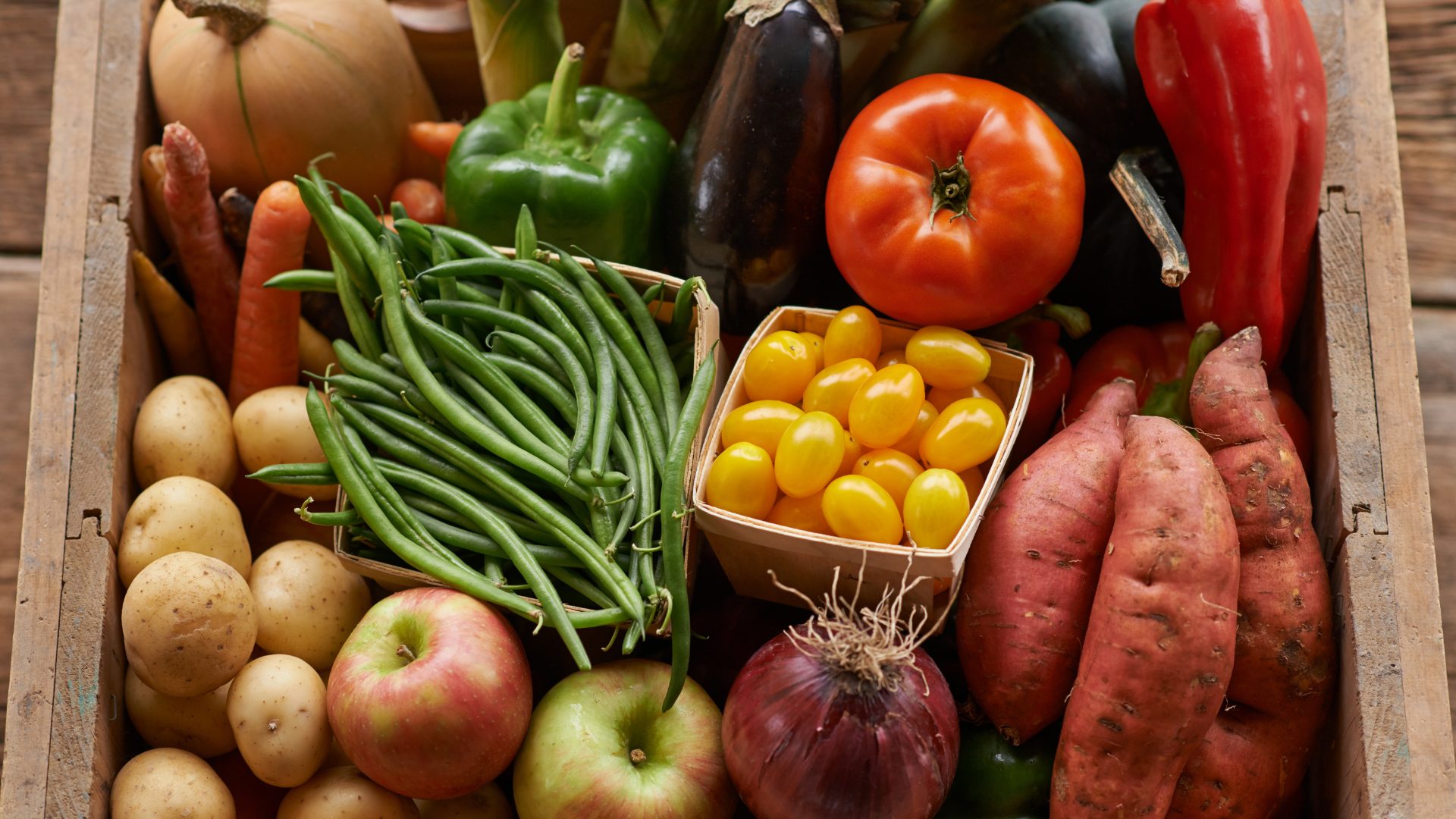Do you also feel that most corporations today operate in “survival mode”? Innovation is slowing down — the share of food & drink launches fell from 50% in 2007 to just 26% in 2024, according to Mintel. And, while startups test fast and adapt, research shows that large corporations are twice as likely to fail.
“Differentiate or die” has never been more true. When we look at the success of new challengers like Liquid Death (a water brand that became a $1 billion-plus company simply by turning its product into meme culture).
Not long ago, big corporations dictated trends. Years ago, Nestlé introduced spice mixes for fish in Germany to convince housewives to cook more healthy meals. There was mission, scale, and impact. Today, it’s TikTok food trends and influencers who set the pace, review products in real time, and make or break launches.
In a world of endless scrolls, innovation isn’t about being new – it’s about being noticed.
And here’s the scary part: 85% of new CPG launches still fail within two years, as reported by FoodNavigator. So, how should we think about innovation in the future?
From Product-Centric to Ecosystem-Centric Innovation
When you think “innovation,” do you picture a new line of sauces, drinks, or snacks rolling off the production line? That’s only a small – though still fundamental – piece of the puzzle you now need to build.
In 2025, consumers expect:
- A brand that speaks their language.
- A community they can belong to.
Think of innovation as the connected system you create for your future consumers. Products sell only when they’re part of a bigger promise – supported by services, content, and digital platforms.
A full experience approach is the only way to move from transactional innovation to emotional innovation. Take RecetasNestlé in Mexico – an online platform with recipes, cooking classes, and loyalty rewards that became the second-largest recipe website in the market. It personalizes content (vegetarians see vegetarian dishes, families see family recipes), proving the brand’s relevance every day. Imagine your branded site being the #2 in your market, right behind AllRecipes.
Success is measured not just in sales lift, but in equity lift – cultural relevance, community impact, and even search discoverability in AI tools like ChatGPT or Perplexity. But building that kind of relevance starts even before your product hits the shelf.
Test Before You Produce
How do startups test ideas? With no budgets for big research, they rely on growth hacking. Build a landing page, run social ads, track interest. Who clicks? Who signs up? Who is willing to test? This simple method lets you get consumer feedback before a single unit is produced.
We applied this at SideChef with AI Studio for recipe generation. First, we ran Google ads to measure interest and collect leads. Then, we tapped a beta tester community for feedback long before launch.
Big companies can do this, too. PepsiCo Labs pilots ideas weekly, both with startups and in-house teams. One win: using AI trend scouting to launch a seaweed snack in under 12 months.
That’s the kind of speed today’s market demands.
Innovation Is Never Done
One last point: innovation is not a project – it’s a capability.
Think of it like a plant: if you don’t water it, it dies. When innovation equals system, you keep learning even after launch. You adapt targeting, adjust the offer, refine the experience.
In truth, the final product is never final. It’s a continuous, iterative process – like software – instead of “launch & leave.” That’s the biggest opportunity for F&B today: treat innovation as a living organism that grows with your consumer.
Because in a world of AI recommendations and endless scrolls, innovation isn’t about being new – it’s about being noticed.
About the author: With a career spanning global CPG giants to agile food tech, Anna Fedele di Catrano now leads business development at SideChef, redefining the recipe experience through AI and shoppable innovation. Previously, she managed global digital communication for Nestlé’s food brands and steered Digital Health & Nutrition strategies at Nestlé Research.



